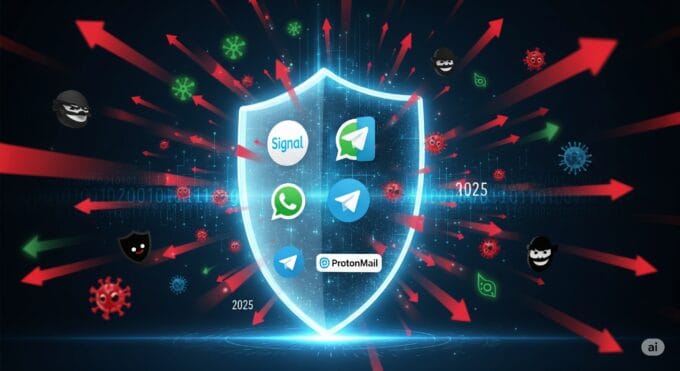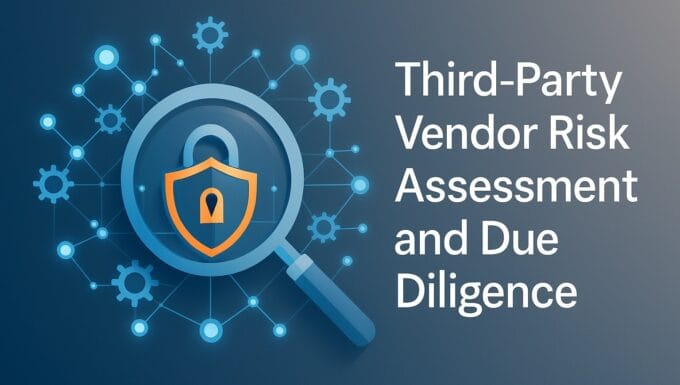Imagine your smartwatch alerts your car to start warming up for your morning drive, while your smart fridge orders groceries before you even notice the milk is low. This seamless integration of devices, aka the Internet of Things (IoT), has redefined convenience and connectivity. But behind the scenes lies a darker reality—each device you rely on creates new opportunities for cyber threats.
By 2025, the world will see over 75 billion IoT-connected devices, and every single one represents a potential vulnerability. So, how do we protect our digital kingdoms without hitting “disconnect” on innovation? This guide unpacks the risks, challenges, and solutions for IoT cyber security, giving you the tools to thrive safely in a hyperconnected world.
Now, we live surrounded by smart devices. From fridges that remind us when we’re out of milk to gadgets that track our health, these devices are everywhere. This network of connected devices is called the Internet of Things, or IoT for short. While it makes life easier, there’s a flip side. With all this connection, we have some big security challenges ahead! Let’s understand IoT in Cyber Security.
Understanding IoT in Cyber Security
Let’s picture your digital space like a busy city. A city needs good security to keep people safe, right? It’s the same with IoT. IoT includes all sorts of devices, big and small, connected to the internet. They collect and share information all the time.
But here’s the catch: every device can be a way in for hackers. Imagine each device as a door or window in your digital home. If one of these is left unlocked, anyone can sneak in. So, protecting IoT isn’t just about securing one gadget. It’s about making sure the whole system is safe.
The Scary Side of IoT Security Risks
Now, let’s talk about why keeping IoT safe is so important. Here are some big problems we might face:
- Data Privacy Issues
Every gadget gathers information. A smart thermostat knows your routines. A fitness tracker keeps track of your health. If these devices aren’t secure, it’s like handing out your secrets to strangers. - Taking Control of Devices
Imagine if hackers took over your smart gadgets. They could use them to launch attacks on other systems. This could lead to a huge mess, like knocking out websites by overwhelming them with traffic. It’s a real danger we cannot ignore! - Weak Networks
Many IoT devices don’t have strong security built in. They often ship with simple passwords that anyone can guess. Some even have old software. This opens the door wide for cybercriminals to waltz right in.
Following is the illustrates the proportions of various concerns such as weak device security, data privacy risks, and DDoS attacks.
Why Is It Critical to Secure IoT?
The truth is, we can’t afford to overlook IoT security. If there’s a breach, it can lead to serious problems:
- In healthcare settings, the vulnerability of medical devices to cyberattacks poses a significant risk to patient safety. If these devices are compromised, it can potentially endanger patients’ lives.
- In factories, a security failure can bring machinery to a halt.
- At home, if someone breaks in through your smart devices, it puts your safety at risk.
- In businesses, weak IoT security can result in devastating data leaks.
Finding Solutions for IoT Security
Securing your IoT devices isn’t just a simple task. It needs a carefully thought-out plan. Here’s how we can do it:
1. Strong Identity Checks
- Make sure each device has a unique login.
- Use multi-factor authentication, which means providing more than just a password to access devices.
- Set clear limits on who can access each device.
2. Keep an Eye on Things
- Update your device’s software regularly. This fixes known security holes.
- Set up tools that can spot threats quickly.
- Plan how to react if a security incident occurs.
3. Keep Devices Separate
- Put IoT devices on a different network than your main devices.
- Control how these devices talk to each other.
- Set up safe zones for devices to minimize risks.
4. Protect Your Data
- Use encryption to keep data safe while it travels online and while it is stored.
- Implement strong encryption methods.
- Ensure all communication between devices is secure.
How to Keep Your IoT Safe
Here are some simple, practical steps to make a difference:
- Ensure the security of all your devices by regularly checking for updates, monitoring settings, and utilizing strong passwords.
- It is essential to establish clear guidelines for ensuring the safety of Internet of Things (IoT) devices. By doing so, we can mitigate potential risks and enhance the security of connected systems.
- It is essential to provide education to both users and employees regarding potential risks.
- Adopt zero-trust models that operate on the principle of not automatically trusting any device within the network. This approach enhances security by ensuring that every request for access is thoroughly verified, regardless of the source.
- Collaborating with cybersecurity experts can provide valuable assistance and guidance in navigating security challenges effectively.
What’s Next for IoT Security?
The future of IoT security is shifting and will keep changing. New technology like artificial intelligence and machine learning will help create smarter security methods. Also, cutting-edge techniques like quantum computing and blockchain can provide stronger protection.
Wrapping Up: Staying Safe with IoT
IoT is more than just a buzzword. It’s changing how we interact with technology every day. By knowing the risks and putting security measures in place, we can enjoy all the great benefits of IoT while keeping our data personal and safe.
Securing IoT isn’t a one-time effort. It’s a journey that we all need to be on together. Are you ready to kick off the first step toward a safer connected world?
Stay sharp and keep your gadgets safe!

















Leave a comment